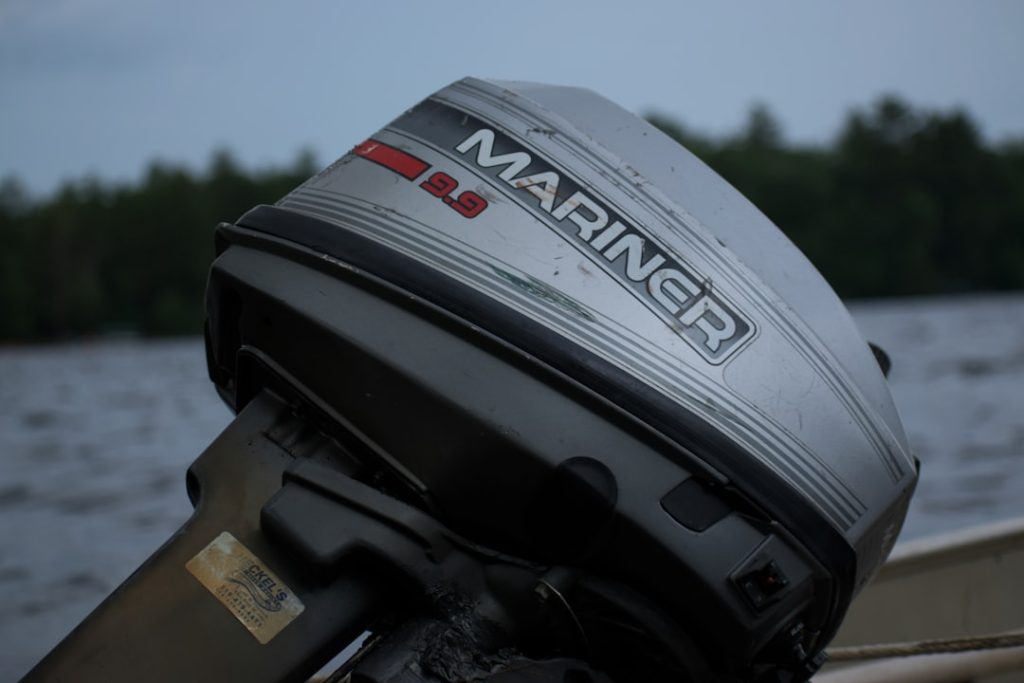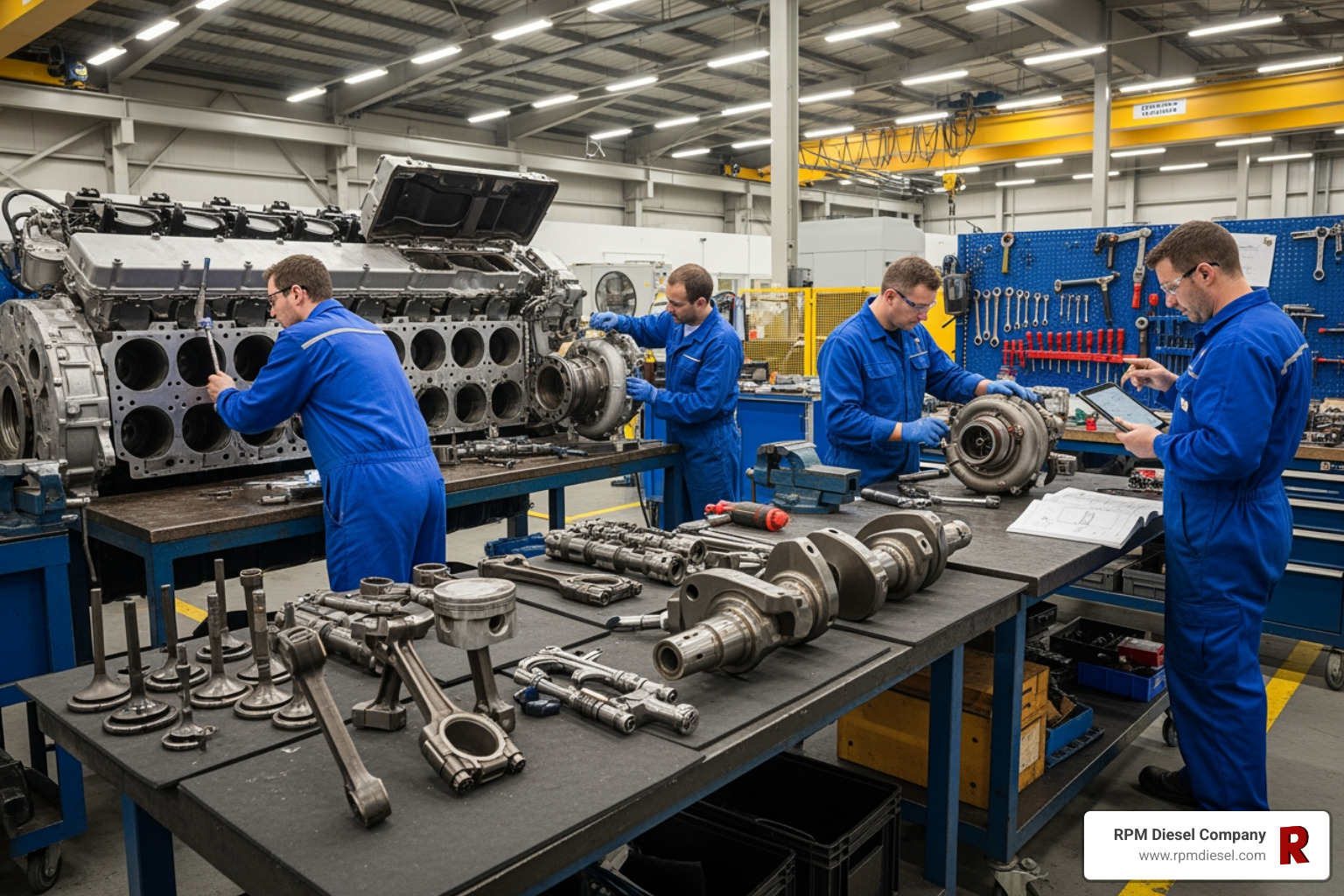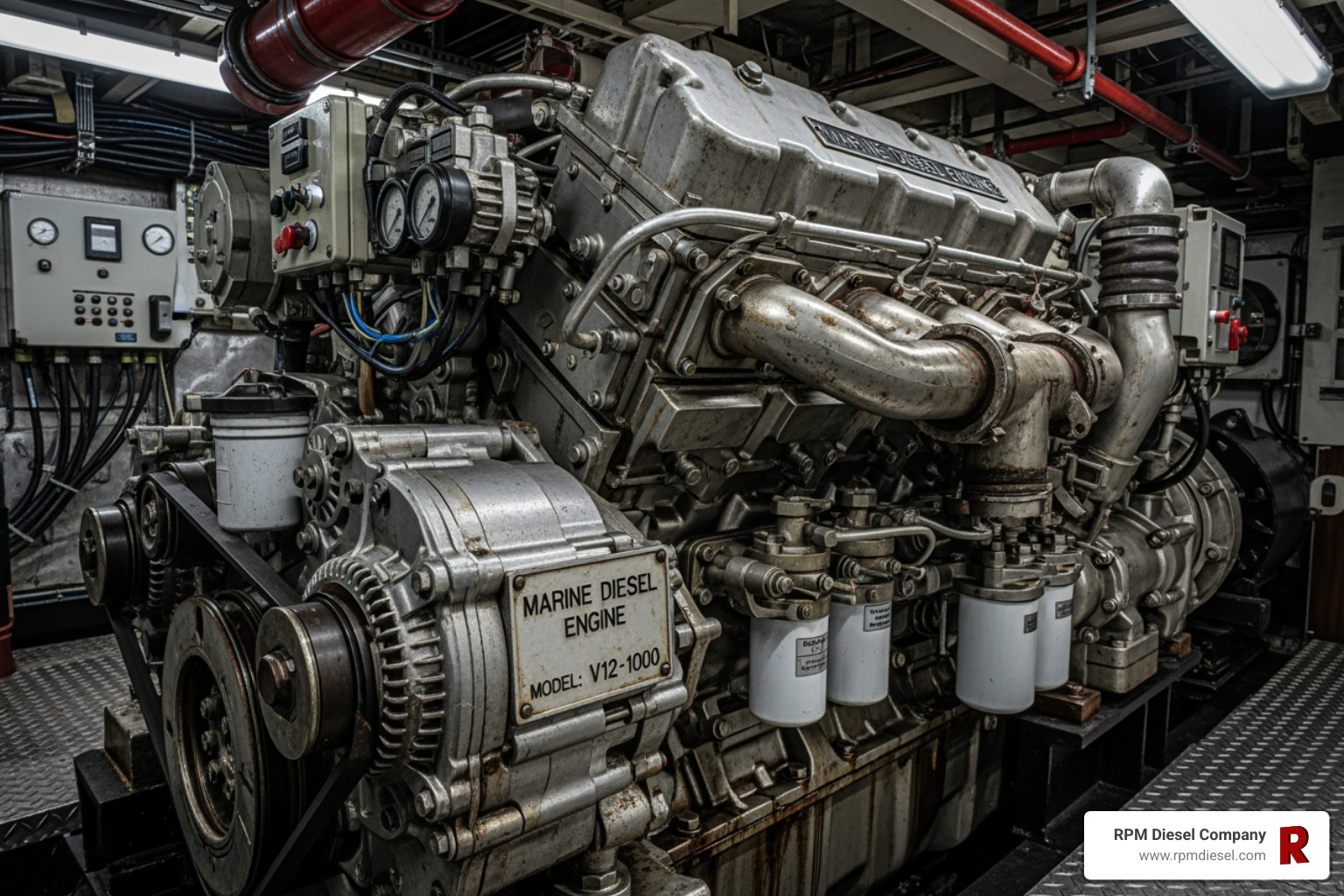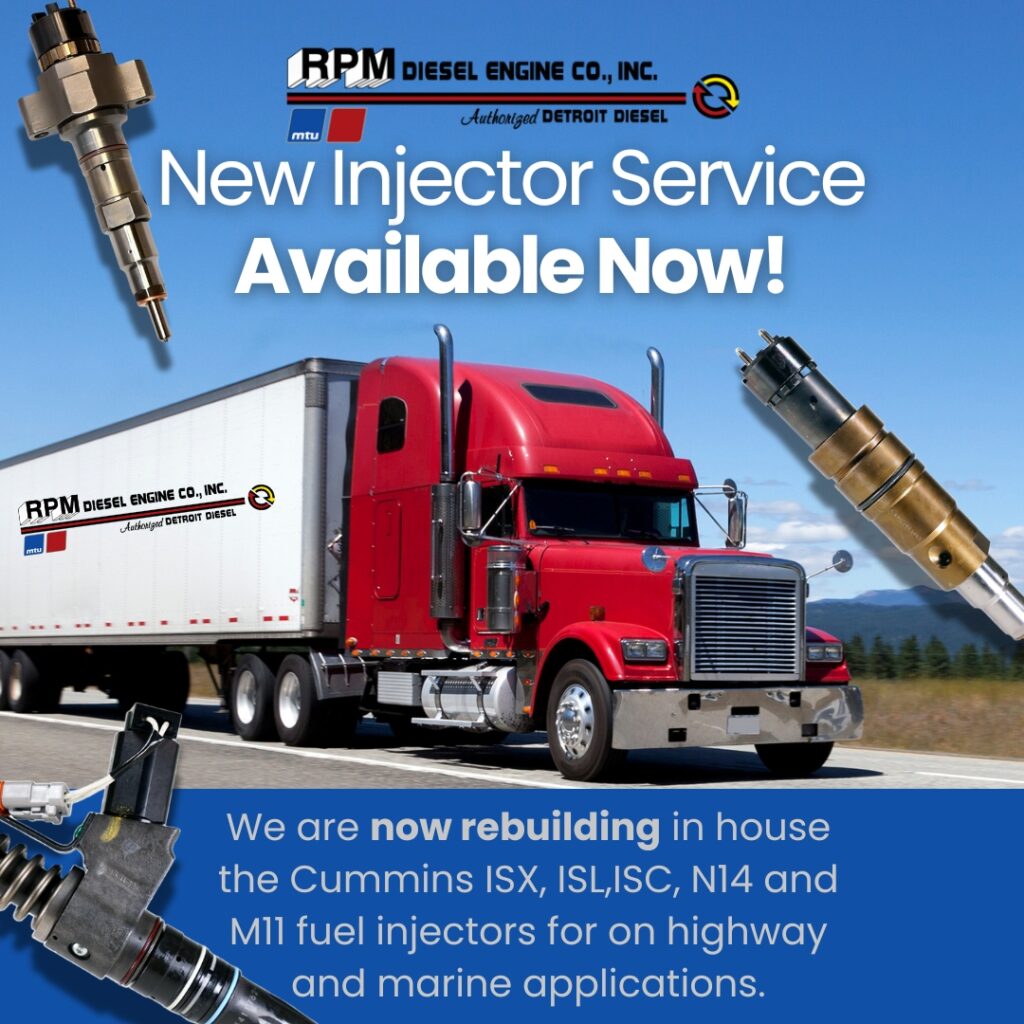Engine for boats are essential for every marine vessel, determining performance, capability, and safety at sea. Whether you’re a weekend enthusiast or an international yacht captain, choosing the right engine for your boat is crucial for a seamless maritime experience.
When selecting an engine, consider these quick points:
- Power & Performance: Assess the horsepower required for your vessel’s size and purpose.
- Type of Engine: Decide between outboard, inboard, stern drive, or jet drive depending on your specific boating needs.
- Fuel Efficiency: Understanding your fuel costs can help manage your budget over time.
- Maneuverability & Maintenance: Look for engines that offer easy handling and reliable maintenance options to ensure you’re not sidelined by unexpected issues.
To make an informed decision, weigh the advantages of each engine type and how they align with your boating lifestyle. From exhilarating speed to leisurely cruising, the right engine ensures your trips on the water are both thrilling and efficient. This guide will explore the various engine types and help you steer the waters of engine selection with confidence.

Types of Boat Engines
When it comes to engines for boats, there are four main types to consider: outboard, inboard, stern drive, and jet drive. Each has its own unique features and benefits, making it important to understand how they differ to choose the best fit for your boating needs.
Outboard Engines
Outboard engines are mounted on the outside of the boat’s hull, typically on the transom. This positioning makes them easy to install and remove, perfect for smaller boats. They serve a dual purpose by providing both propulsion and steering. On smaller boats, you can steer using a hand tiller, while larger outboards often use a steering wheel.
One of the key advantages of outboard engines is their versatility. They can be used in both freshwater and saltwater environments and are generally easier to maintain due to their accessibility.

Inboard Engines
Inboard engines are located inside the boat’s hull. These engines are typically modified automotive engines and are connected to a drive shaft that turns the propeller. Unlike outboards, inboard engines do not steer the boat. Instead, a rudder located behind the propeller is used for steering.
Inboards are often favored for larger vessels due to their power and ability to handle rough waters. However, they can be more complex to maintain because they are housed within the hull.
Stern Drive Engines
Stern drive engines, also known as inboard-outboards, combine features of both inboard and outboard engines. The engine itself is mounted inside the hull, like an inboard, but it uses a drive unit similar to an outboard for steering. This setup is controlled by a steering wheel, providing ease of maneuverability.
Stern drives are popular for recreational boats due to their balance of power and steering capability. They offer a smooth ride and are relatively easy to operate.
Jet Drive Engines
Jet drive engines use a completely different mechanism. Water is drawn into the engine through an intake and then expelled at high speed to propel the boat forward. Steering is achieved by directing the stream of water, which can be less effective at low speeds.
Jet drives are ideal for shallow waters as they don’t have exposed propellers. However, they may require more skill to operate effectively due to their unique steering system.

Understanding these engine types will help you make an informed decision based on your specific boating needs. Whether you prioritize power, maneuverability, or ease of maintenance, there’s an engine out there that perfectly aligns with your maritime trips.
Engine for Boats: Key Considerations
Choosing the right engine for boats involves considering several key factors. These include horsepower, fuel efficiency, maintenance, and maneuverability. Each of these elements plays a crucial role in how your boat performs on the water.
Horsepower
Horsepower determines how powerful your boat’s engine is. More horsepower means more speed and better performance, especially in rough waters. For instance, a 2.5 HP outboard motor is great for small boats or a leisurely day on calm lakes, but it won’t be ideal for larger vessels or choppy seas.
When deciding on horsepower, consider your typical boating activities. Are you cruising on a lake or tackling ocean waves? Matching your engine’s horsepower to your needs ensures you have enough power without overworking the engine.
Fuel Efficiency
Fuel efficiency is a major consideration, especially with rising fuel costs. Boats are not known for their fuel economy, often measured in gallons per hour (gph) rather than miles per gallon. Diesel engines tend to be more fuel-efficient than gasoline engines, making them a smart choice for frequent boaters.
To improve fuel efficiency, focus on maintaining your boat’s weight. Avoid “load creep” by regularly removing unnecessary gear and balancing weight distribution. This can help reduce fuel consumption and save money over time.

Maintenance
Maintenance is vital for keeping your boat engine in top shape. Outboard engines are generally easier to maintain due to their accessibility. In contrast, inboard engines may require more effort since they are housed within the hull. Regular maintenance includes checking for wear and tear, changing oil, and ensuring all parts function correctly.
Investing time in routine maintenance not only extends the life of your engine but also prevents costly repairs down the line. It’s always a good idea to have a trusted marine diesel maintenance service on hand, especially if you’re based in areas like Fort Lauderdale or Miami.
Maneuverability
Maneuverability refers to how easily you can steer and control your boat. Outboard and stern drive engines offer excellent maneuverability, making them popular choices for recreational boating. Jet drives, while effective in shallow waters, can be tricky at low speeds due to their unique steering mechanism.
Consider where you plan to boat most often. If you frequently steer narrow or crowded waterways, an engine with superior maneuverability will make your trips safer and more enjoyable.
Understanding these considerations will help you select the best engine for boats that meets your needs. Whether it’s horsepower for speed, fuel efficiency for cost savings, maintenance for longevity, or maneuverability for ease of use, each factor plays a role in your boating experience.
Comparing Engine Types
When selecting the right engine for boats, understanding the differences between engine types is essential. Let’s explore the comparison between outboard vs inboard engines, and stern drive vs jet drive engines.
Outboard vs Inboard
Outboard Engines are mounted externally on the boat’s transom. They’re often chosen for their simplicity and ease of maintenance. You can tilt them out of the water to avoid damage and corrosion, which is a big plus for saltwater use. Outboards also offer excellent maneuverability since you can steer by moving the entire engine. This makes them ideal for smaller boats and those navigating tight spaces.
On the other hand, Inboard Engines are installed inside the boat’s hull. They provide a lower center of gravity, which can improve stability and handling in rough waters. Inboards are often preferred for larger vessels that require more power and a cleaner transom for activities like fishing. However, they can be harder to access for repairs and maintenance.
Key Consideration: If you’re looking for easy access and maneuverability, go with an outboard. If stability and power are your priorities, an inboard might be your best bet.
Stern Drive vs Jet Drive
Stern Drive Engines, also known as inboard-outboards, combine features of both outboards and inboards. The engine is mounted inside the hull like an inboard, but it powers a drive unit that extends through the transom, similar to an outboard. This setup offers the power and performance of an inboard with the steering ease of an outboard. It’s a great choice for boaters who want versatility and performance.
Meanwhile, Jet Drive Engines use a completely different method of propulsion. They draw water into a pump and expel it at high speed to move the boat. This makes them excellent for shallow waters since there’s no propeller to snag on underwater obstacles. However, jet drives can lose steering efficiency at low speeds, which can be a challenge in tight docking situations.
Key Consideration: Choose a stern drive for a balance of power and maneuverability. Opt for a jet drive if you need to steer shallow waters frequently.

Understanding the strengths and limitations of each engine type will help you make a well-informed choice. Whether it’s the accessibility of an outboard, the stability of an inboard, the versatility of a stern drive, or the shallow-water capability of a jet drive, each engine type has its unique advantages.
Frequently Asked Questions about Boat Engines
How much is an engine for a boat?
The cost of an engine for boats can vary widely, depending on several factors. Horsepower is a major determinant of price. Smaller outboard engines, like those with 2.3 to 5 horsepower, can start around $1,000 to $2,000. As horsepower increases, so does the price. Mid-range engines, such as those with 25 to 60 horsepower, typically range from $4,000 to $10,000. High-power engines, like those with 115 to 250 horsepower, can cost anywhere from $12,000 to $30,000 or more.
Other factors influencing cost include the brand, technology (like fuel injection or electronic controls), and whether the engine is new or used. It’s important to consider not just the initial purchase price, but also long-term costs like maintenance and fuel efficiency.
Which engine is best for a boat?
Choosing the best engine for boats depends largely on your specific needs and preferences. If you’re navigating tight spaces or need easy maintenance, an outboard engine might be ideal. They’re versatile and can be easily tilted out of the water.
For those prioritizing stability and power, especially in larger vessels, an inboard engine could be the best choice. They offer a lower center of gravity and are great for rough waters.
If you’re looking for a mix of power and maneuverability, consider a stern drive engine. They combine the benefits of inboards and outboards.
For shallow waters, a jet drive engine is excellent. It uses water jets instead of a propeller, reducing the risk of underwater obstacles.
The best engine will align with your boating activities, whether that’s fishing, cruising, or watersports.
How fast does a 2.5 hp boat motor go?
The speed of a boat with a 2.5 horsepower motor depends on several factors, including the boat’s weight, design, and water conditions. Generally, a 2.5 hp motor can propel a small, lightweight boat at speeds of about 5 to 10 mph.
Performance can vary based on conditions like wind and current, as well as how the boat is loaded. For example, a heavily loaded boat will move slower than a lighter one. That 2.5 hp engines are best suited for small crafts like dinghies or inflatable boats, where speed isn’t a primary concern but reliability and ease of use are.
Conclusion
Choosing the right engine for boats is crucial for a smooth and enjoyable boating experience. At RPM Diesel Company, we pride ourselves on our expertise and comprehensive service offerings. With over 60 years in the industry, we’re your trusted partner for marine engine sales, service, and maintenance.
Our team is factory-authorized by major manufacturers like Detroit Diesel and MTU. This ensures you receive genuine, high-quality parts and services. Whether you need a new engine or a complete overhaul, our experts are ready to assist you.
One of our unique strengths is our extensive parts inventory. We carry a wide range of hard-to-find and obsolete parts, making it easier for you to keep your engine running smoothly. Our global reach means we can provide support and service wherever you are.
For more information about our services and to explore our offerings, visit our Marine Diesel page. We are committed to providing the best parts, service, and support for all your marine diesel engine needs. Let us help you steer the waters with confidence and ease.






